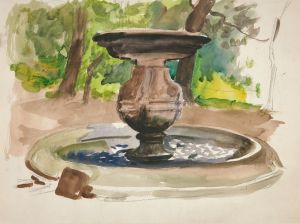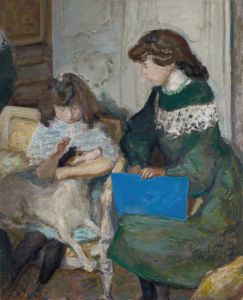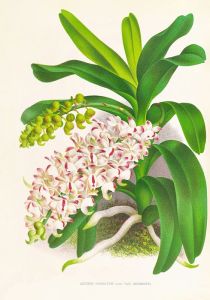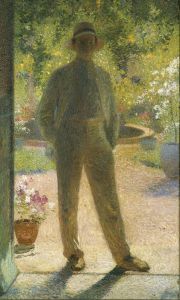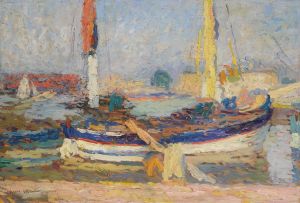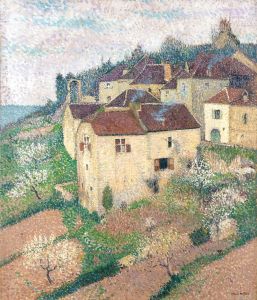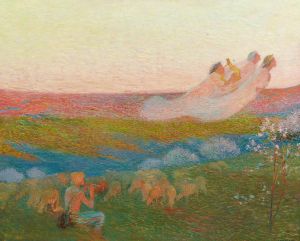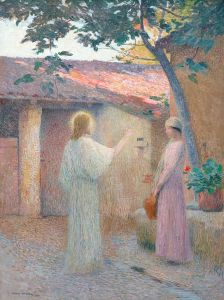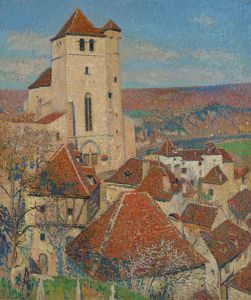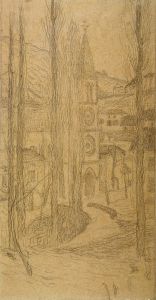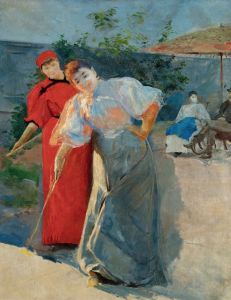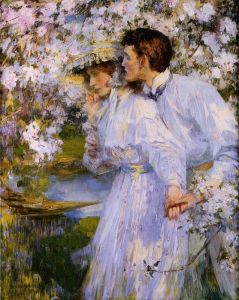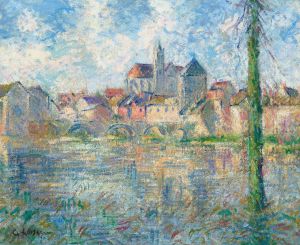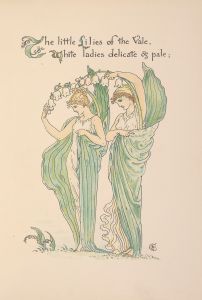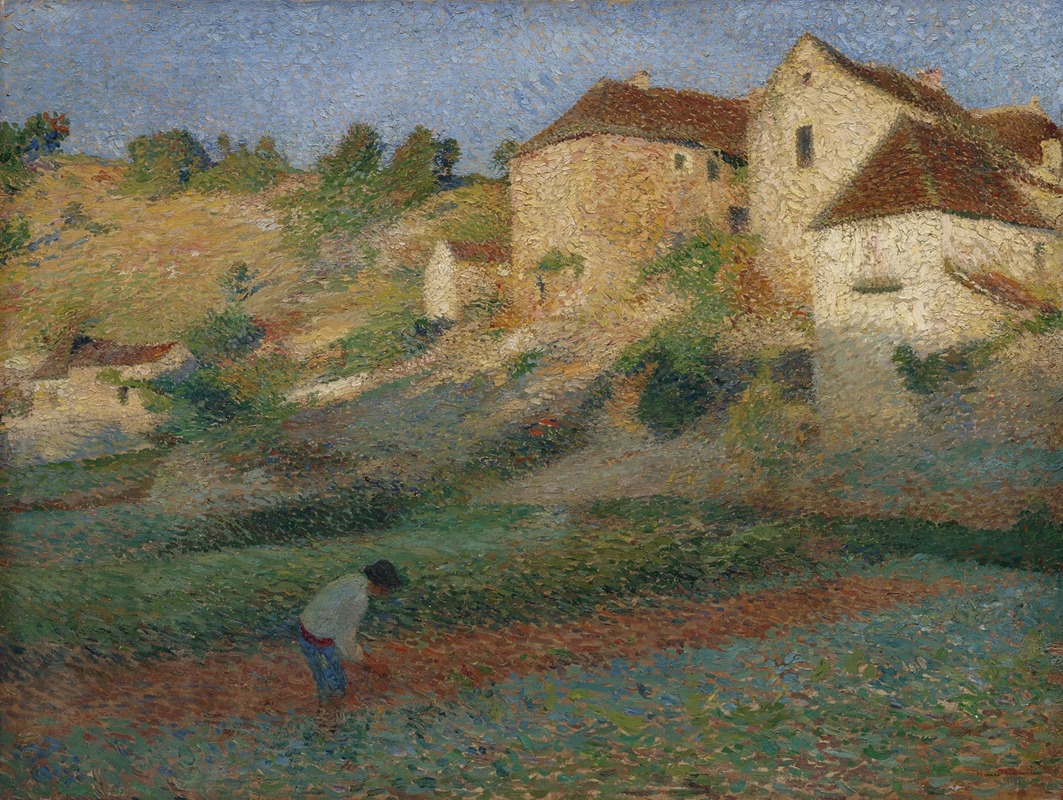
Binage dans un jardin à Labastide-du-Vert
A hand-painted replica of Henri Martin’s masterpiece Binage dans un jardin à Labastide-du-Vert, meticulously crafted by professional artists to capture the true essence of the original. Each piece is created with museum-quality canvas and rare mineral pigments, carefully painted by experienced artists with delicate brushstrokes and rich, layered colors to perfectly recreate the texture of the original artwork. Unlike machine-printed reproductions, this hand-painted version brings the painting to life, infused with the artist’s emotions and skill in every stroke. Whether for personal collection or home decoration, it instantly elevates the artistic atmosphere of any space.
Henri Martin was a prominent French painter known for his contributions to the Post-Impressionist movement. Born in 1860 in Toulouse, France, Martin developed a distinctive style characterized by his use of vibrant colors and pointillist techniques. He was particularly renowned for his ability to capture the serene beauty of the French countryside, often depicting gardens, landscapes, and rural scenes with a dreamlike quality.
One of Martin's notable works is "Binage dans un jardin à Labastide-du-Vert," which translates to "Hoeing in a Garden at Labastide-du-Vert." This painting exemplifies Martin's mastery in portraying the tranquility and harmony of nature. Labastide-du-Vert is a small commune in the Lot department in southwestern France, a region known for its picturesque landscapes and historical significance. Martin had a personal connection to this area, as he owned a house there and often drew inspiration from its surroundings.
In "Binage dans un jardin à Labastide-du-Vert," Martin captures a scene of rural life, focusing on the simple yet profound act of hoeing in a garden. The painting reflects Martin's fascination with the interaction between humans and nature, a recurring theme in his work. The composition is marked by a careful balance of color and light, with Martin employing his signature pointillist technique to create a sense of depth and movement. The use of small, distinct dots of color allows the viewer to experience the vibrancy and dynamism of the scene, while also conveying a sense of calm and stillness.
The painting is a testament to Martin's ability to blend realism with an almost ethereal quality, inviting viewers to immerse themselves in the peacefulness of the garden. The figures in the painting are depicted with a gentle realism, their forms integrated seamlessly into the lush landscape. This integration highlights Martin's belief in the unity of humanity and nature, a philosophy that was central to his artistic vision.
Throughout his career, Henri Martin received numerous accolades for his work, including the prestigious Grand Prix at the Exposition Universelle in 1900. His paintings were celebrated for their innovative use of color and light, as well as their ability to evoke emotion and contemplation. Martin's work continues to be admired for its contribution to the development of modern art, particularly in the context of the Post-Impressionist movement.
"Binage dans un jardin à Labastide-du-Vert" remains an important piece within Martin's oeuvre, reflecting both his technical skill and his deep appreciation for the natural world. The painting serves as a reminder of the beauty and simplicity of rural life, capturing a moment of quiet labor in a garden that is both timeless and universal. Through this work, Henri Martin invites viewers to pause and reflect on the harmonious relationship between people and the landscapes they inhabit, a theme that resonates with audiences even today.





